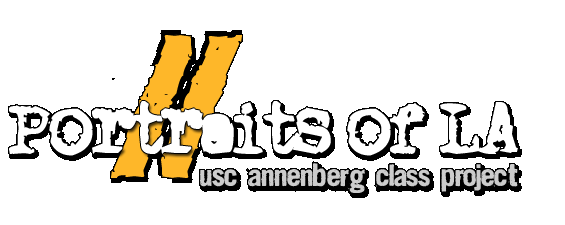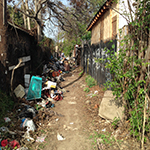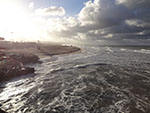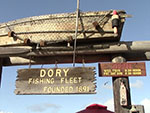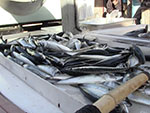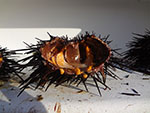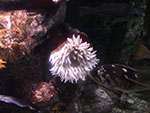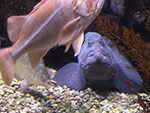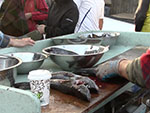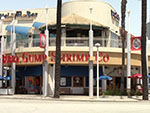Tahsin Hyder talks to local fisherman and experts on sustainability
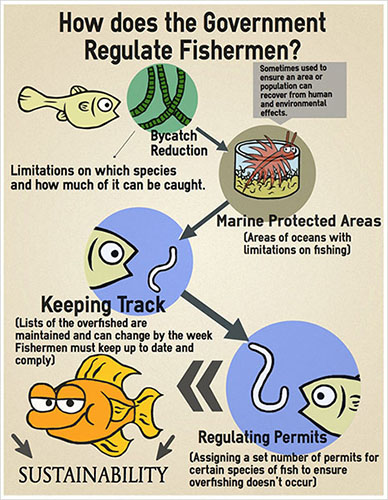
Over 40 states have officially recognized the Armenian Genocide that took place 99 years ago, but what will it take to get the U.S. to recognize it at a national level?
The Crenshaw mural has been a piece of history and African American progress since 2000. Supporters are looking to raise funds to declare the area a monument in South LA.
Council District 9 is making an effort to beautify the streets by allocating extra resources to clean up mounds of trash that have accumulated in alleys, sewers and on pavements over years. Residents are pitching in to help, too.
Thompson says most of the fisheries off the coast of California are actually small fleets that go out in day boats and can't afford the costs associated with distant water fleets.
"These are people who depend on these ecosystems and these fisheries for their livelihood, and they don't want to see them go," said Thompson.
The National Oceanic and Atmospheric Administration (NOAA), a federal agency responsible for the management, protection and conversation of living marine resources, releases a report every year on the status of U.S. Fisheries.
In its most recent report submitted to Congress covering 2012, NOAA’s report had hopeful numbers to show.
On its overfishing and overfished lists, a total of 14 stocks—a group of fish of the same species—were removed while four were added. Six stocks were rebuilt.
Of the nearly 900 fish stocks, the status of 385 stocks is unknown.
To continue progress, fishermen are regulated by a slew of organizations and regulations including the Marine Mammal Protection and Endangered Species and the Magnuson-Stevens Fishery Conservation and Management Reauthorization Act of 2006.
"We have to take observers with us and they do a bycatch analysis," says Scott Brenamen, a fisherman of the West Caught Fish Company.
Bycatch, which are all marine life caught besides the particular targetted fish, are a concern for the industry. Marine turtles in particular saw a steep decline in their numbers years ago and authorities are continuing to minimize bycatch by oversight.
Brenamen says monthly notices are sent out from NOAA and the Fish and Wildlife Services determining where, how much and with what gear fisherman can do their work.
Brenamen has three federal ground permits to catch black cod and a variety of rock fish. He suggests wild caught fish to consumers over aquaculture, or farmed fish.
"Try to find wild caught fish," says Brenamen. "Farm raised fish are often fed with hormones, antibiotics and colorings and other types of things that aren't natural."
Others like Salem State University in Massachusetts consider aquaculture a “truly sustainable” fishery that already accounts for over half of the world’s market for fish. Some, including NOAA, argue that farmed fish can be responsibly harvested and are essential to meeting global seafood demand.
While there may be a debate between these two methods, one way of fishing has drawn the most criticism.
Bottom trawling, where a large net with heavy weights is dragged across the seafloor, can have a bycatch of up to 90% and damages corals where many fish feed and distribute eggs.
Marine biologist Callum Roberts said bottom trawling should be “banned” and that fisherman have other ways to catch fish as with a long-line, in a story done by CNN last year.
NOAA recommends that fishermen “reduce the number of turns per tow at night” along with limiting the duration of each tow. However, these are only voluntary mitigation measures.
Further complicating matters is the issue of global warming. According to NOAA, temperatures have increased by 0.74% in surface water temperatures over the past century, however ununiformly.
NOAA is using computer-based climate models to monitor future changes in climate. It's especially concerning when zooplankton and sardines, which serve as food for fish, are moving towards the poles to keep cool. "There is evidence that some of these species are starting to move pole-ward, which means that their whole ecosystem would move with them," says Thompson.
Thompson adds that while agencies like NOAA are watching water temperatures, they are still in the early stages of piecing together a comprehensive understanding of what it means for the future.
Thompson says demand is still one of the biggest ways to change the sustainability of seafood and many fisherman agree.
"We don't need to eat Bluefin Tuna that's in trouble," says Steve Escobar of the Dory Fleet in Newport Beach.
Escobar participates in a seafood market every weekend from 5:30 a.m. until he's finished with his catch. He says if more people varied their choices in fish and asked for what was locally caught and in season, it would have an large impact on sustainability.
Follow Tahsin Hyder on Twitter here.
